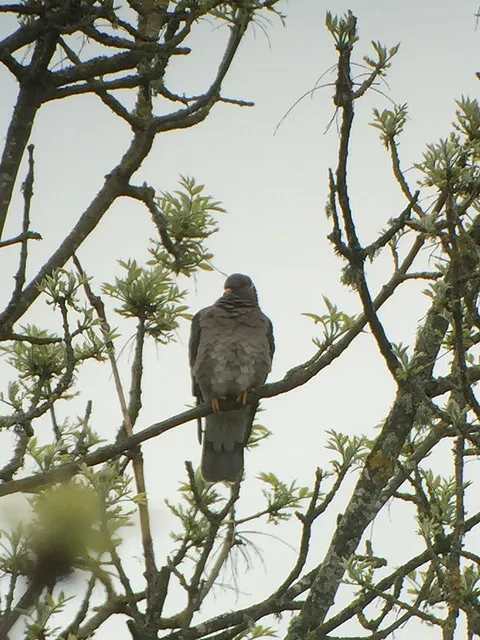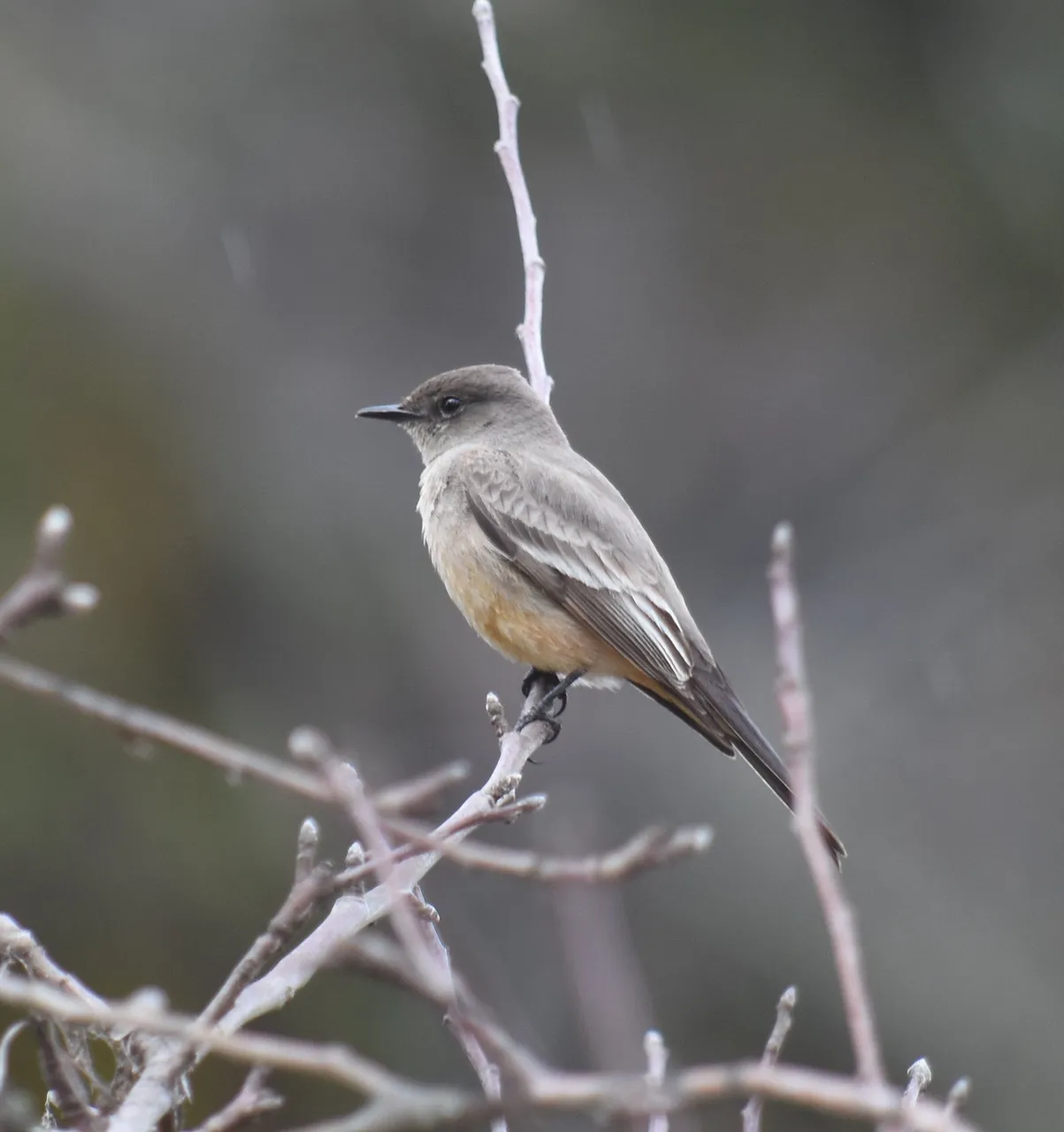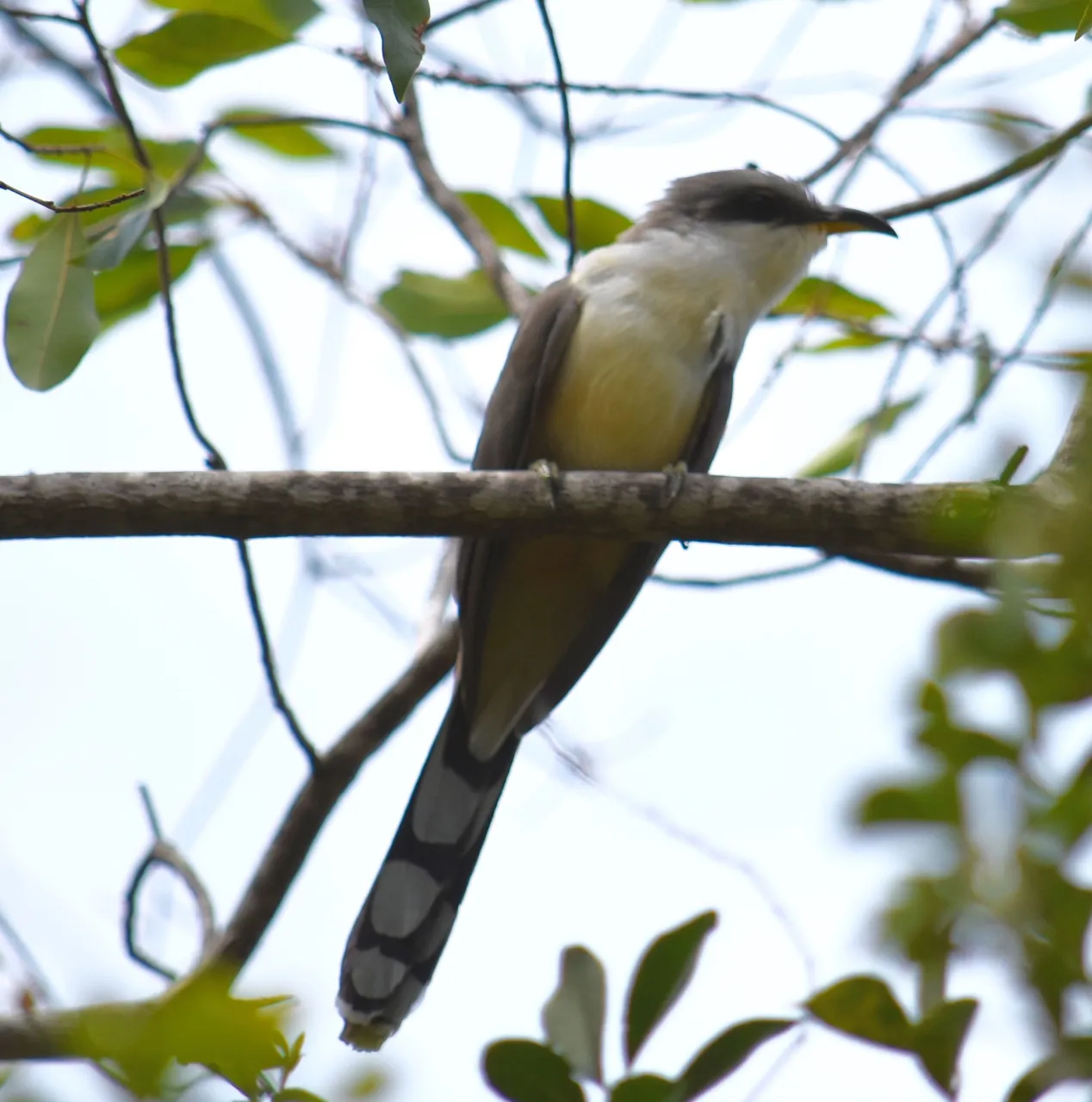
Band-tailed pigeon
Beginning birders can become discouraged that they cannot identify a lot of the birds that they see, and can expend lots of time trying to identify distant or poorly seen birds. Beginners will be better served in their development of bird ID skills by careful study of the common easily seen species in their local area.
When you see a common bird, say an American robin outside your window on a lawn, look carefully at the shape and size of the bird, at the minor field marks like the white outer tail feathers, the broken eye-ring, the little white streaks on the sides of their throat, and at the difference in the shade of black/gray on the males and females.

Say's phoebe
When you see a House finch at a feeder study the shape of the bill, it's shorter and the upper culmen is more curved than similar Purple and Cassin's finches. Note the distribution of the red coloration on the males, and the lack of facial patterning on the females. Note that the grayish streaking on the flanks tend to be blurry, not sharply defined.

Mangrove cuckoo
When you have a chance to listen to common birds that you can identify and study, listen carefully to both their song and their call notes. Knowing the common bird sounds like House sparrow, American robin, European starling, and House finch can help you know when you are hearing something different and want to make a bigger effort to find and identify the new sound. ![DSC_0630.jpg]
( )
)
A Painted bunting at a feeder.
Feeders can be extremely helpful as a place to study good numbers of individuals of a species, allowing you to study individual differences, interactions between individuals, and to get close long looks at birds that otherwise can be flighty and hard to study.
By taking the time to study and learn the common birds you'll go a long way to progress in your birding skills.
Good birding.